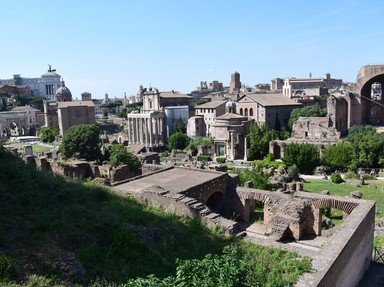Quiz Answer Key and Fun Facts
1. Under the rule of Trajan, the Roman Empire reached its greatest extent. Trajan conquered the territories of Armenia and Mesopotamia for the empire, taking these lands from which other empire?
2. Which of these major inventions was created in the year 105 A.D.?
3. Hadrian's Wall was constructed by the Romans between AD 122 and AD 132. It separated the Romans from the so-called barbarians of the north. Who were the group of people that lived across the wall?
4. In 127 A.D., Kanishka became the leader of the Kushan Empire. He is considered one of the greatest Kushan leaders as a result of his many conquests. These conquests would end up having the effect of spreading which of these religions?
5. Ptolemy, one of the great scientists of the Classical Age, was born in the beginning of the 2nd century and made many contributions of astronomy, geography, and other fields. In which city did he live and conduct his research?
6. Between AD 132 and 136, another massive Jewish revolt occurred against Roman rule that was bloodier than any other in the past. Who was the leader of this rebellion?
7. What was the name of the rebellion that severely weakened the Han Dynasty to the point that it would soon collapse?
8. The assassination of which Roman emperor triggered the period of instability known as the Year of the Five Emperors?
9. Which of these men's attempt to gain power within the Han Dynasty led to the formation of a coalition of various warlords against him?
10. While the coalition failed to defeat Dong Zhuo, he was assassinated in AD 192 by a man by the name of Lu Bu. In addition to being Dong Zhuo's bodyguard, what other relation did Lu Bu have with the warlord?
Source: Author
Avalice
This quiz was reviewed by FunTrivia editor
bloomsby before going online.
Any errors found in FunTrivia content are routinely corrected through our feedback system.
